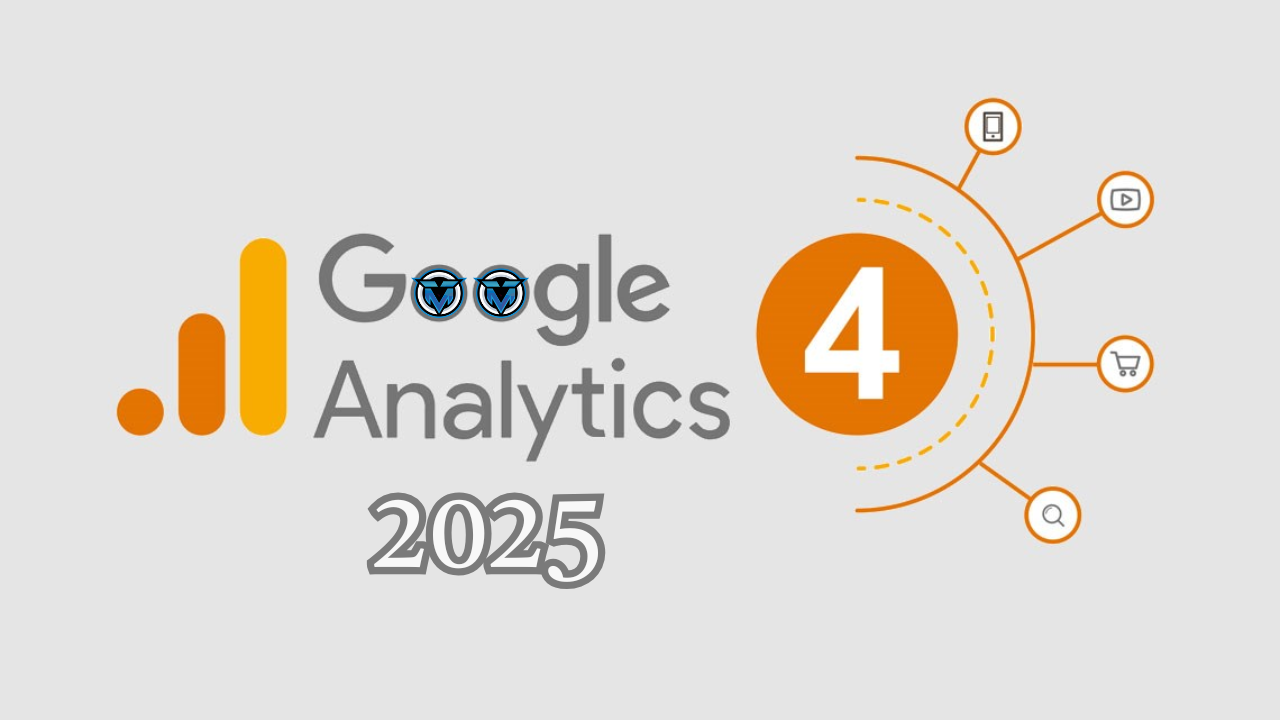In today’s data-driven world, understanding your website’s performance is essential. Whether you’re running a small blog or managing a large e-commerce site, Google Analytics is one of the most powerful tools available to help you make informed decisions and optimize your online presence.
But what exactly is Google Analytics? How does it collect data, and why is it so crucial for digital marketing success? In this comprehensive guide, we’ll explore what Google Analytics is, how it works, its key features, and why it matters in 2025 and beyond.
What is Google Analytics?
Google Analytics is a free web analytics tool offered by Google that allows you to track, analyze, and report website traffic. It provides detailed insights into user behavior, traffic sources, conversion rates, and much more.
Essentially, it answers critical questions like:
- Who is visiting your website?
- How are they finding it?
- What are they doing on your pages?
- Are they converting into leads or customers?
Whether you’re a business owner, content creator, or marketer, Google Analytics helps you understand your audience and improve your site’s effectiveness.
The Evolution: From Universal Analytics to GA4
Google Analytics has gone through several iterations. The most recent version, Google Analytics 4 (GA4), officially replaced Universal Analytics (UA) in July 2023.
GA4 focuses on event-based tracking, offers cross-platform data collection, and is designed to comply with privacy regulations like GDPR and CCPA. If you’re starting with Google Analytics in 2025, you’re using GA4 by default.
How Does Google Analytics Work?
1. Tracking Code Installation
At the core of Google Analytics is a JavaScript tracking code that you place on every page of your website. When a user visits your site, this code activates and starts collecting data.
In GA4, this is typically done using Google Tag Manager (GTM) or directly installing the G-Tag.
2. Data Collection
The tracking code collects various pieces of data, including:
- Device type (desktop, mobile, tablet)
- Operating system and browser
- Geographic location (based on IP)
- Pages viewed
- Time spent on site
- Clicks, scrolls, and other events
- Traffic source (e.g., Google search, social media, email)
This information is sent to Google’s servers for processing.
3. Processing and Storage
Once collected, Google Analytics processes the data into structured reports. It categorizes user actions into metrics and dimensions. For example:
- Metrics are quantitative: pageviews, sessions, bounce rate.
- Dimensions are qualitative: source, device type, user location.
4. Data Reporting in GA4 Interface
The GA4 dashboard allows users to view:
- Real-time reports
- User acquisition
- Engagement metrics
- Events and conversions
- Demographics and interests
- E-commerce tracking
These reports help users identify trends, measure performance, and make data-driven decisions.
Key Features of Google Analytics (GA4)
1. Event-Based Tracking
Unlike Universal Analytics, which was session-based, GA4 tracks every interaction as an event. This includes:
- Page views
- Clicks
- Scrolls
- Video plays
- Downloads
- Purchases
Event tracking allows for more granular control and better user journey mapping.
2. Cross-Platform Tracking
GA4 unifies tracking across websites and mobile apps, enabling a more complete understanding of user behavior across platforms.
3. Machine Learning Insights
Google Analytics uses machine learning to:
- Predict churn
- Forecast conversions
- Identify unusual traffic trends
This helps marketers take proactive steps to optimize performance.
4. Custom Reports and Dashboards
Users can create custom dashboards and reports tailored to their goals, whether it’s e-commerce sales, content engagement, or lead generation.
5. Integration with Google Tools
Google Analytics easily integrates with:
- Google Ads
- Google Search Console
- Google Tag Manager
- Google Data Studio
This ecosystem streamlines marketing analytics and attribution.
Why Google Analytics is Essential in 2025
1. Understand Your Audience
Google Analytics tells you who your users are, where they come from, and what they care about. This insight is vital for content creation, product development, and customer service.
2. Improve Website Performance
By analyzing bounce rates, session durations, and conversion funnels, you can identify which pages are underperforming and take corrective action.
3. Optimize Marketing Campaigns
Using attribution models and traffic source analysis, you can see which marketing channels are driving the most value — be it SEO, PPC, email, or social media.
4. Track Conversions and Goals
GA4 lets you set up conversion events like form submissions, purchases, and button clicks. This enables accurate tracking of business objectives.
5. Ensure ROI
By understanding customer paths and behaviors, you can fine-tune your strategies and maximize return on investment (ROI).
Basic Terms to Know in Google Analytics
| Term | Description |
|---|---|
| User | An individual visitor to your website. |
| Session | A group of interactions that take place within a given time frame. |
| Pageview | A single view of a page on your site. |
| Bounce Rate | Percentage of sessions where users left without interacting. |
| Conversion | A completed goal (e.g., purchase, form fill). |
| Event | Any tracked action (click, scroll, video play). |
Setting Up Google Analytics (Quick Steps)
- Create a Google Analytics account at analytics.google.com.
- Create a new property (GA4) for your website or app.
- Install the tracking code (G-Tag or through Google Tag Manager).
- Define custom events and conversions.
- Link with Google Ads or other tools for better insights.
- Explore reports and adjust settings as needed.
Google Analytics for SEO and Content Strategy
If you’re focused on SEO, Google Analytics offers insights into:
- Organic traffic sources
- Top-performing landing pages
- User retention and scroll depth
- Conversion paths from search traffic
By aligning your SEO efforts with Analytics data, you can identify high-value keywords, optimize content, and improve rankings.
Common Mistakes to Avoid
- Not Setting Up Goals/Conversions: Without goals, it’s hard to measure success.
- Ignoring Mobile Users: Mobile-first insights are essential in 2025.
- Not Filtering Internal Traffic: Exclude your own visits for accurate data.
- Overlooking Events: Track important actions beyond just page views.
- Using Outdated Versions: Make sure you’re using GA4, not the deprecated Universal Analytics.
Final Thoughts: The Power of Google Analytics
Google Analytics is more than just a tracking tool — it’s a strategic asset. It empowers you to understand your audience, optimize your website, fine-tune your campaigns, and ultimately drive growth.
In an age where data fuels decision-making, Google Analytics remains the backbone of digital marketing analytics. Whether you’re a solo blogger or a large enterprise, the insights it provides are critical to online success in 2025 and beyond.













